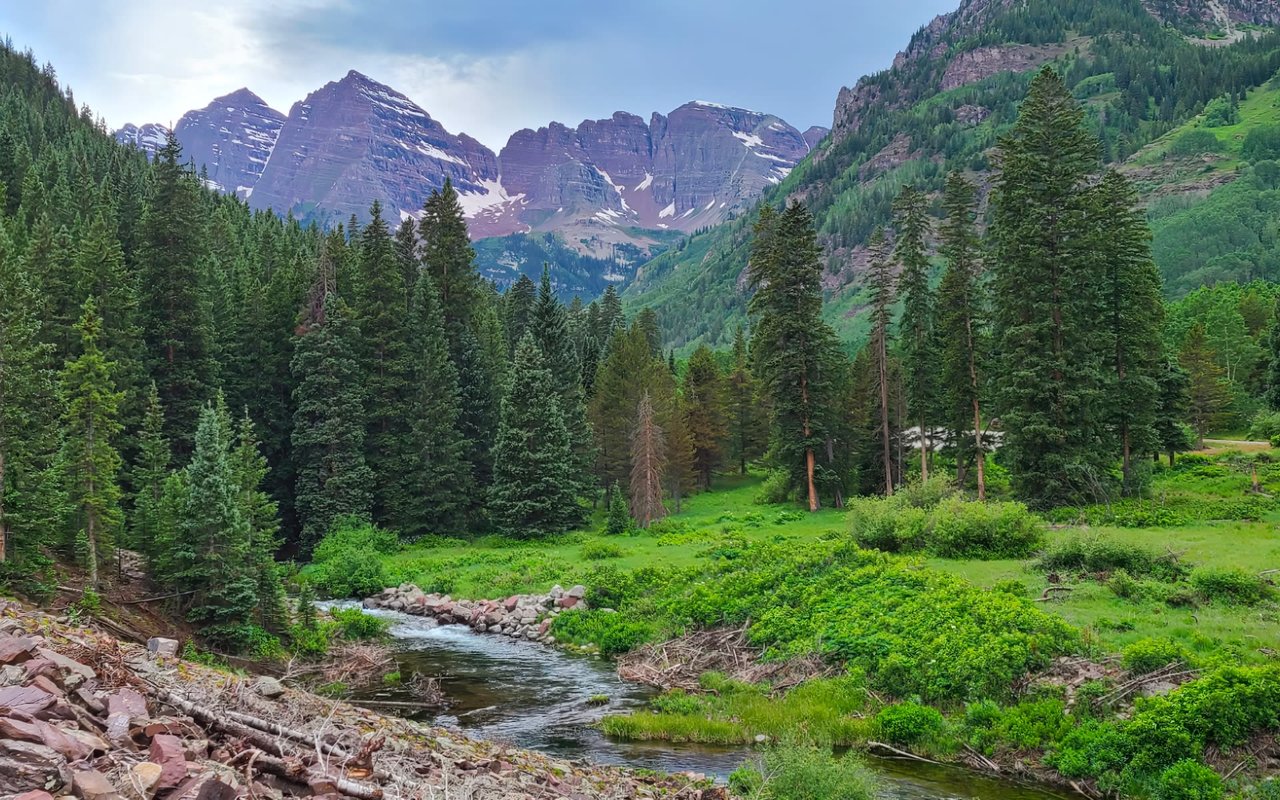Nestled in the Rocky Mountains, Aspen, Colorado, is renowned not only for its stunning landscapes and outdoor recreational opportunities but also for its unique weather phenomena. The mountain climate of Aspen is a complex system influenced by altitude, topography, and local and regional weather patterns. This article delves into the fascinating meteorological characteristics that define Aspen's climate, providing insights into what makes this area so uniquely captivating.
The Influence of Altitude
One of the most significant factors affecting Aspen's weather is its high elevation. At approximately 8,000 feet above sea level, Aspen experiences the typical characteristics of a high-altitude climate. This includes thinner air, which results in less oxygen and lower atmospheric pressure. High altitude also contributes to more significant temperature swings. Days can be warm under intense, unfiltered sunlight, while nights can become quite cool due to the rapid loss of heat in the thin mountain air.
Sunshine and Rapid Weather Changes
Aspen boasts over 300 days of sunshine annually, contributing to its reputation as a year-round outdoor paradise. However, this abundant sunshine can be deceptive. Weather in the mountains can change rapidly, with clear skies quickly giving way to thunderstorms, especially during the summer months. These sudden changes are attributed to the orographic effect, where moist air is forced up the mountain slopes, cooling and condensing to form clouds and precipitation.
Winter Snowfall and Microclimates
Winter in Aspen is synonymous with snow, a crucial component for the area's renowned ski resorts. The snowfall in Aspen can vary significantly, not just from year to year but also within different parts of the region. This variability is due to microclimates created by the complex mountain topography. Valleys can have different snowfall and temperature patterns compared to higher slopes. Additionally, the phenomenon of "upslope snow," where moist air is lifted over the mountains, resulting in snowfall, is a common occurrence in the Aspen area.
Chinook Winds: The Snow Eaters
A unique aspect of Aspen's winter weather is the Chinook winds, often referred to as "snow eaters." These warm, dry winds originate on the leeward side of the Rocky Mountains. When the winds descend, they compress and warm rapidly, often leading to dramatic increases in temperature. While Chinooks can provide a respite from cold winter temperatures, they can also contribute to rapid snowmelt.
Spring and Autumn: The Transitional Seasons
Spring and autumn in Aspen are characterized by their transitional nature. Spring often starts with snow still on the ground, gradually giving way to warmer temperatures and the blooming of wildflowers. Conversely, autumn is marked by crisp air and the spectacular golden hues of aspen trees. These seasons are relatively short compared to summer and winter but are essential periods for the ecological balance in the region.
Aspen's Wildflower Blooms
Come summer, Aspen's landscape transforms with the blooming of wildflowers. This phenomenon is highly anticipated and adds a vibrant layer to the already picturesque mountain scenery. The timing and abundance of these blooms are influenced by the preceding winter's snowfall and spring temperatures, showcasing the interconnectedness of Aspen's seasonal weather patterns.
Autumn's Golden Aspens
Autumn in Aspen is famous for its stunning displays of golden aspen trees. This natural event, known as "fall foliage," occurs when shorter days and cooler temperatures trigger a change in the leaves chlorophyll. The result is a breathtaking landscape of fiery golds and reds, drawing visitors from around the world.
Climate Change and Its Impact
Like many other regions, Aspen is not immune to the effects of climate change. Rising temperatures have led to changes in snowfall patterns, with implications for the local ski industry and water resources. There is also a noticeable shift in the timing of seasonal transitions, affecting local flora and fauna.
Understanding the unique weather phenomena of Aspen is essential for both residents and visitors. It allows for better preparation and appreciation of the natural beauty and climatic intricacies of this mountainous region. Whether you're planning to hit the slopes, hike the trails, or simply enjoy the natural scenery, being aware of Aspen's mountain climate enhances the experience.
For more detailed meteorological information and forecasts specific to Aspen, resources like the National Weather Service and local Aspen meteorological stations can be consulted. As we continue to witness and adapt to climate changes, the study and understanding of local climates like that of Aspen become increasingly important.
Understanding the unique weather phenomena of Aspen is essential for both residents and visitors. It allows for better preparation and appreciation of the natural beauty and climatic intricacies of this mountainous region. Whether you're planning to hit the slopes, hike the trails, or simply enjoy the natural scenery, being aware of Aspen's mountain climate enhances the experience.
For more detailed meteorological information and forecasts specific to Aspen, resources like the National Weather Service and local Aspen meteorological stations can be consulted. As we continue to witness and adapt to climate changes, the study and understanding of local climates like that of Aspen become increasingly important.
Relocating to Aspen?
Elevate your lifestyle with The Sky Residences at W Aspen. Located in the heart of Aspen, these exclusive residences offer unparalleled access to world-class skiing, vibrant nightlife, and breathtaking mountain views. Each residence is meticulously designed with luxurious amenities and stylish décor, embodying the essence of modern mountain living.
With over 70% of inventory already sold, now is the time to seize this rare opportunity. Experience the ultimate in comfort and convenience at The Sky Residences at W Aspen. Don't miss out on your chance to own a piece of this prestigious property. Visit The Sky Residences at W Aspen today for more information and to make your dream of owning a home in Aspen a reality.




